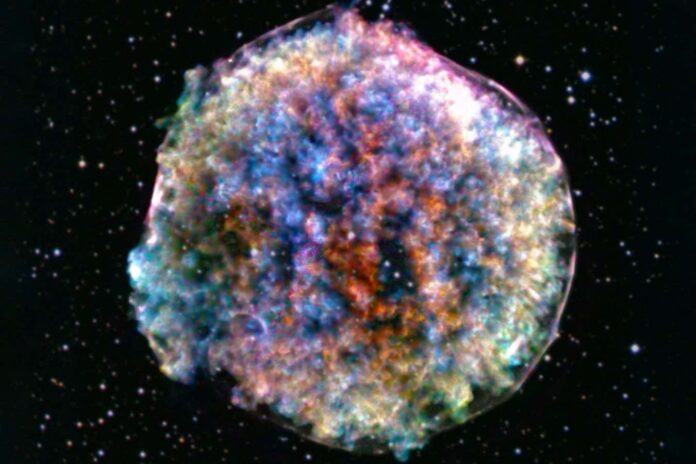For years, scientists have believed the universe’s expansion is not only ongoing, but accelerating – a phenomenon attributed to a mysterious force called dark energy, which earned a Nobel Prize in 2011. However, a new study from South Korean researchers has thrown this long-held view into question, suggesting the expansion might be slowing down instead, sparking considerable debate within the scientific community.
The Standard Model and Type Ia Supernovae
Since the Big Bang 13.8 billion years ago, the universe has been expanding. Observations of Type Ia supernovae—the explosive remnants of white dwarf stars—have provided crucial evidence supporting this expansion, particularly its accelerating nature. These supernovae are often called “standard candles” because they are believed to have a consistent brightness, allowing astronomers to accurately measure distances across the vastness of space.
A Potential Age Bias in Supernova Brightness
Young-Wook Lee at Yonsei University and his team now propose a different interpretation. Their analysis of 300 host galaxies suggests that the brightness of distant Type Ia supernovae varies considerably depending on the age of the stars within those galaxies. Currently, astronomers typically assume that fainter-than-expected supernovae are evidence of accelerating expansion. However, Lee’s team argues that this apparent dimness could be due to an “age bias,” making the universe appear to expand faster than it actually does. If this bias is accounted for, the accelerating expansion disappears.
Lee’s team’s findings indicate that the expansion of the universe might have begun decelerating 1.5 billion years ago and could even reverse in the future – a scenario known as the “big crunch.” This would involve the universe collapsing in on itself, potentially leading to a reverse Big Bang. Previously, the possibility of a “big crunch” was considered unlikely, but Lee’s research introduces a new perspective.
Skepticism and Counterarguments
Adam Riess, another 2011 Nobel laureate, expresses strong disagreement with Lee’s claims. He points to earlier work by the same group in 2020 that was ultimately refuted. Riess notes that the current study largely repeats the previous arguments with minimal changes, adding that determining stellar ages at vast distances is inherently challenging, particularly when relying on a mean age derived from the host galaxy.
Mark Sullivan at the University of Southampton acknowledges that age does affect supernova brightness, but emphasizes that these effects are already factored into current dark energy measurements. “I’m very skeptical this will lead to a decelerating universe,” Sullivan states.
Future Observations and the Mystery of Dark Energy
The Vera C. Rubin Observatory in Chile is poised to significantly expand the number of observed Type Ia supernovae, offering a much more detailed “map” of the universe’s expansion history. This will help to either support or refute Lee’s findings.
Regardless of the outcome regarding the expansion rate, the nature of dark energy remains one of the biggest mysteries in modern physics. Recent findings from the Dark Energy Spectroscopic Instrument survey have suggested that dark energy may not be a constant force, but could instead change over time. This wouldn’t necessarily mean the universe is decelerating, but it would imply that the expansion rate has varied throughout cosmic history.
“The needle is pointing a lot more to dark energy being some kind of dynamical thing, not a cosmological constant,” says Ed Macaulay at Queen Mary University of London. “Exactly what that is, I think, is a really interesting question.”
The debate surrounding the universe’s expansion highlights the ongoing process of scientific inquiry and refinement. While current evidence leans towards an accelerating expansion driven by dark energy, new research introduces compelling alternative possibilities, ultimately driving a deeper understanding of our cosmos.

































